What vegetables should we choose to grow
Huahua thinks that since you want to grow vegetables on the balcony, you must choose some vegetables that are good to feed and delicious and occupy a small space. In this way, it's very comfortable to pinch a handful to make a delicious dish every morning
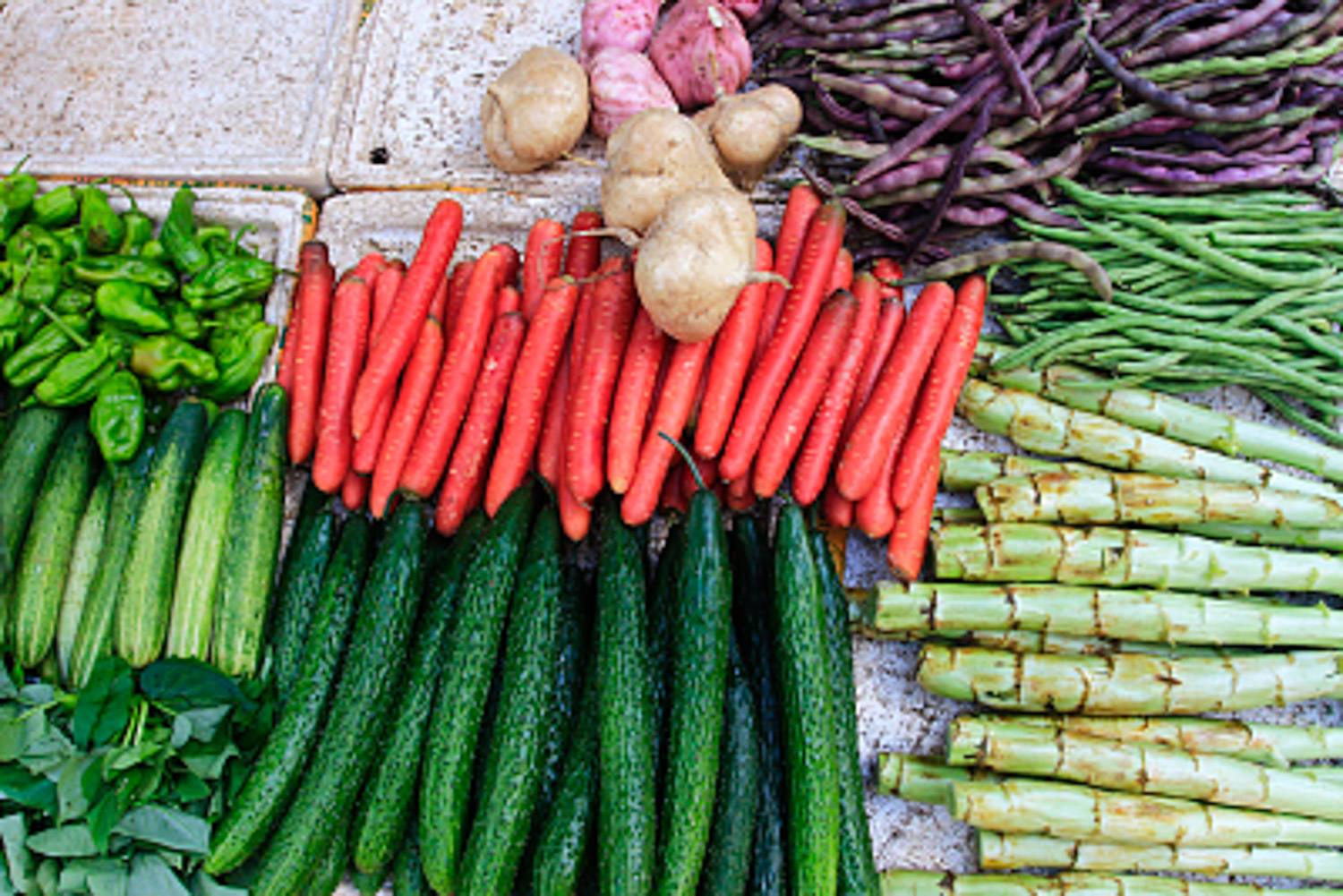
Secondly, we must choose suitable vegetable varieties, so that we can eat vegetables all year round. There are many vegetables at home, so we don't have to buy them outside
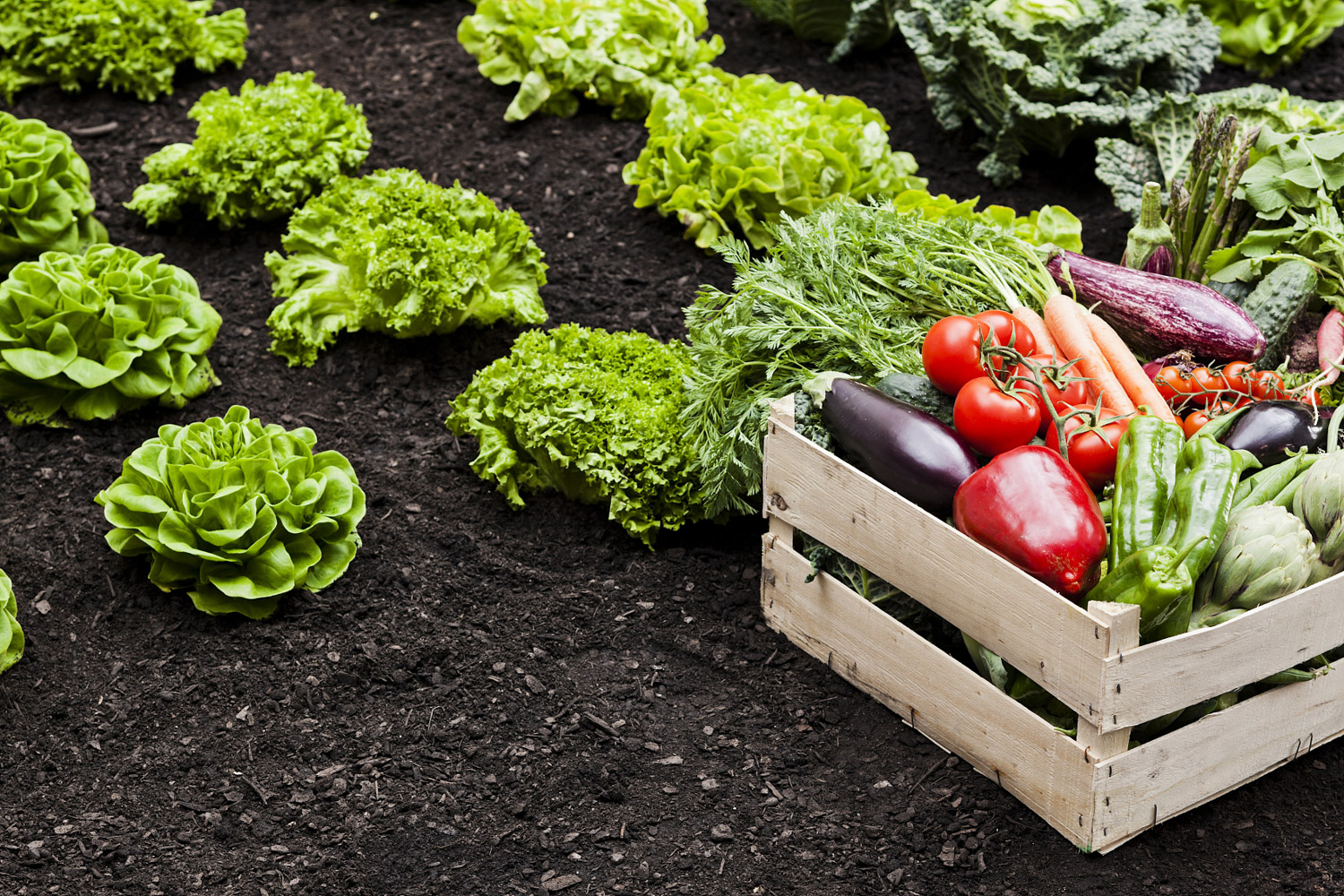
In order to let you have a clear choice, Huahua has prepared some vegetables that are most suitable for planting all year round. Huahua can choose the vegetables you like at will, so as to create a small vegetable garden without buying vegetables all year round
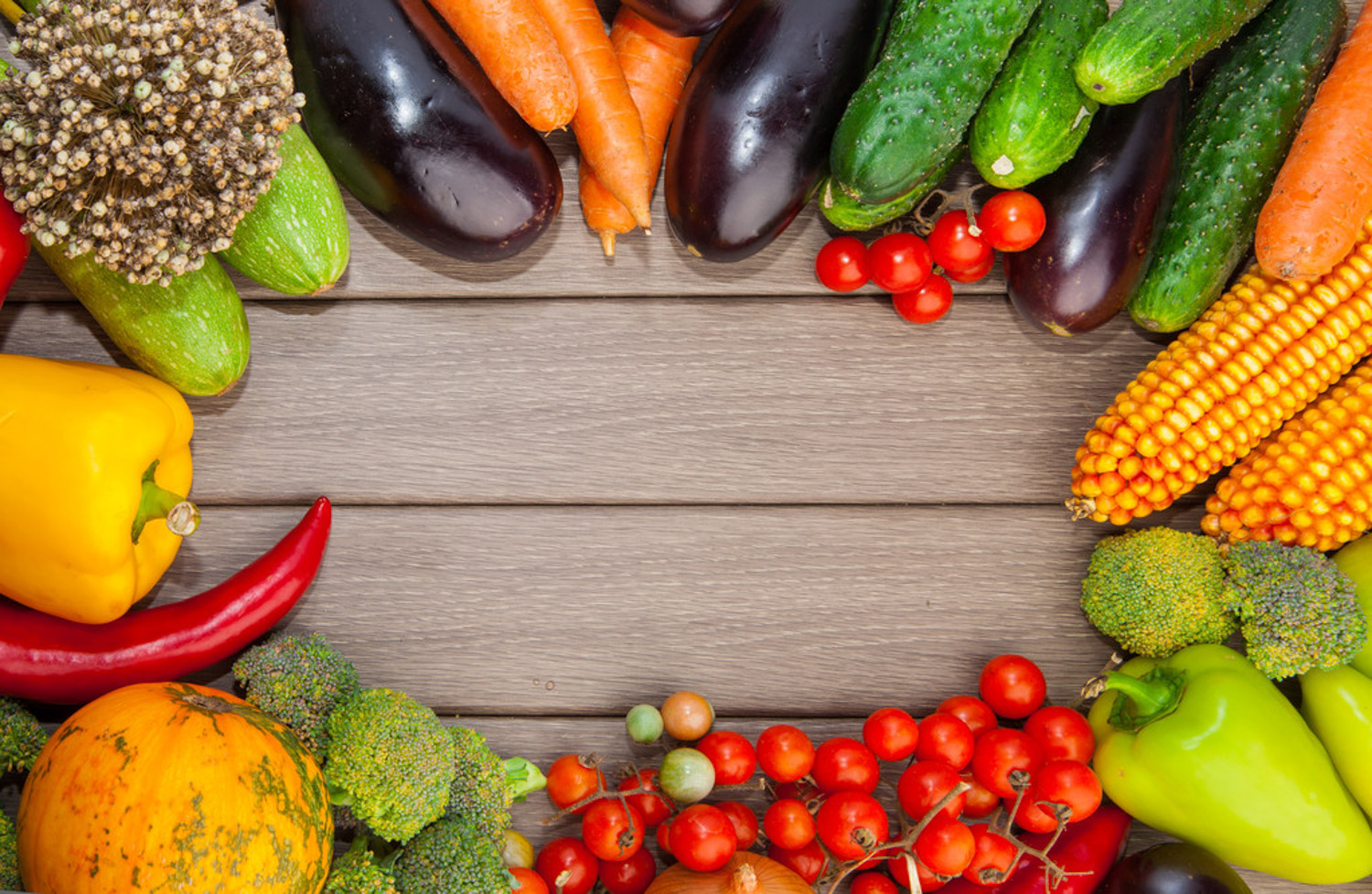
How do you grow these vegetables
1. Year round vegetables: garlic
Operation steps:
1. Peel off a whole garlic, select those robust garlic cloves from the inside, and peel off the garlic skin (don't peel off the layer on the surface of garlic like paper)
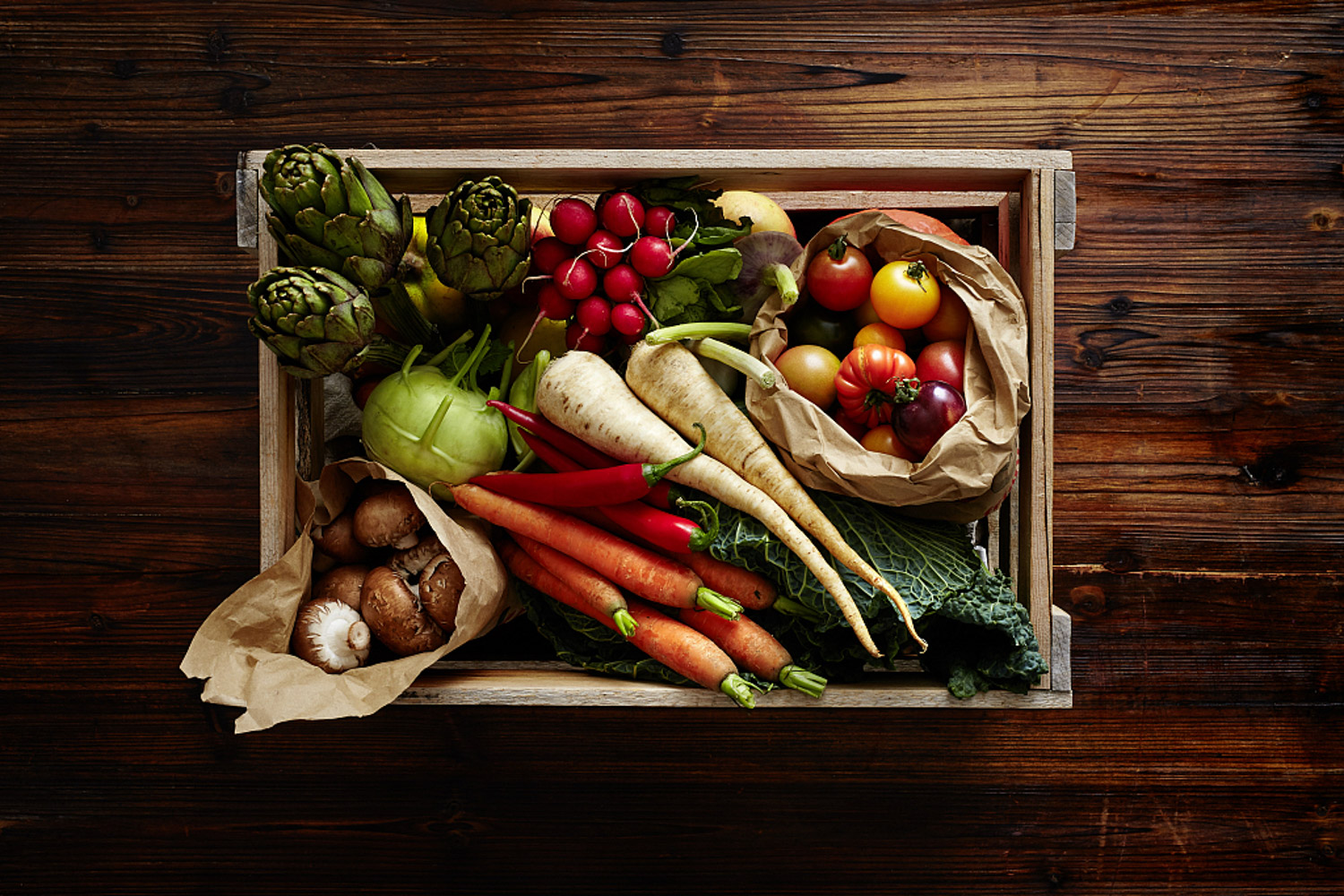
2. Prepare the loose and breathable soil and plant the garlic cloves directly. Be sure to keep the pointed end upward, otherwise the garlic seedlings will grow towards the soil
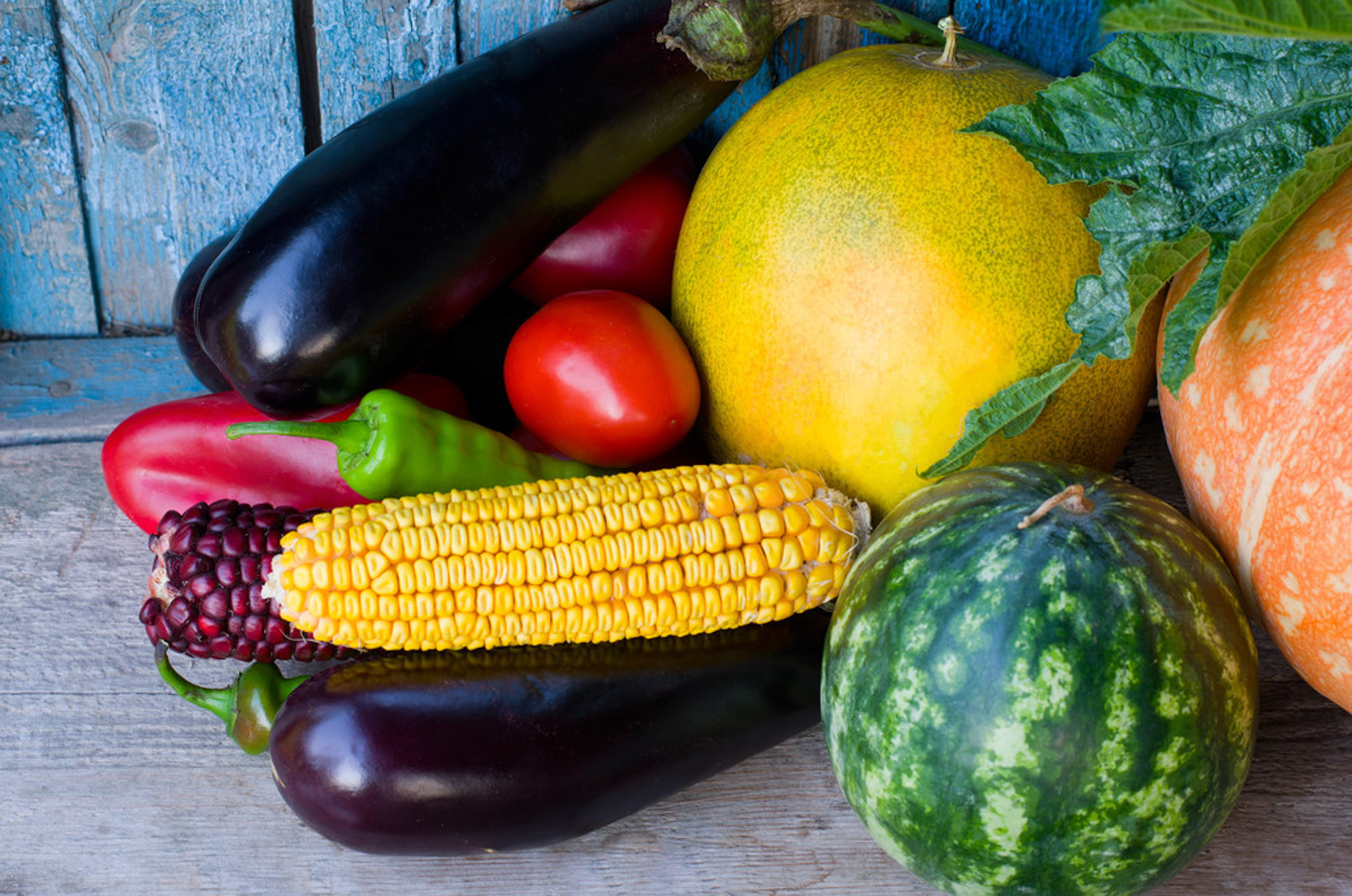
3. After the garlic cloves are put in place, cover a layer of soil about 2-3cm, and then pour water once
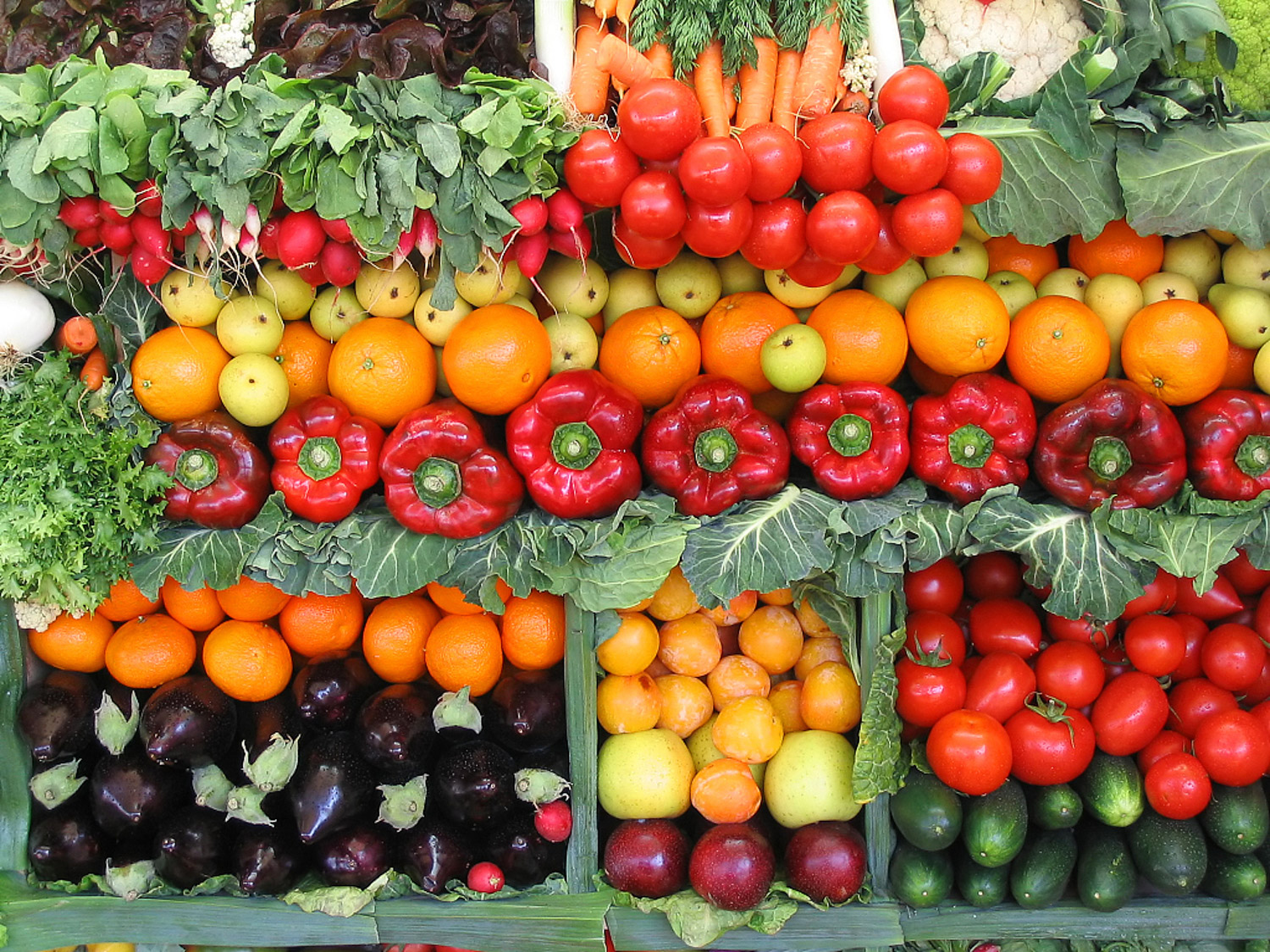
4. Generally, garlic can sprout in 3-5 days. At this time, you can pour a little water to ensure that the soil is moist
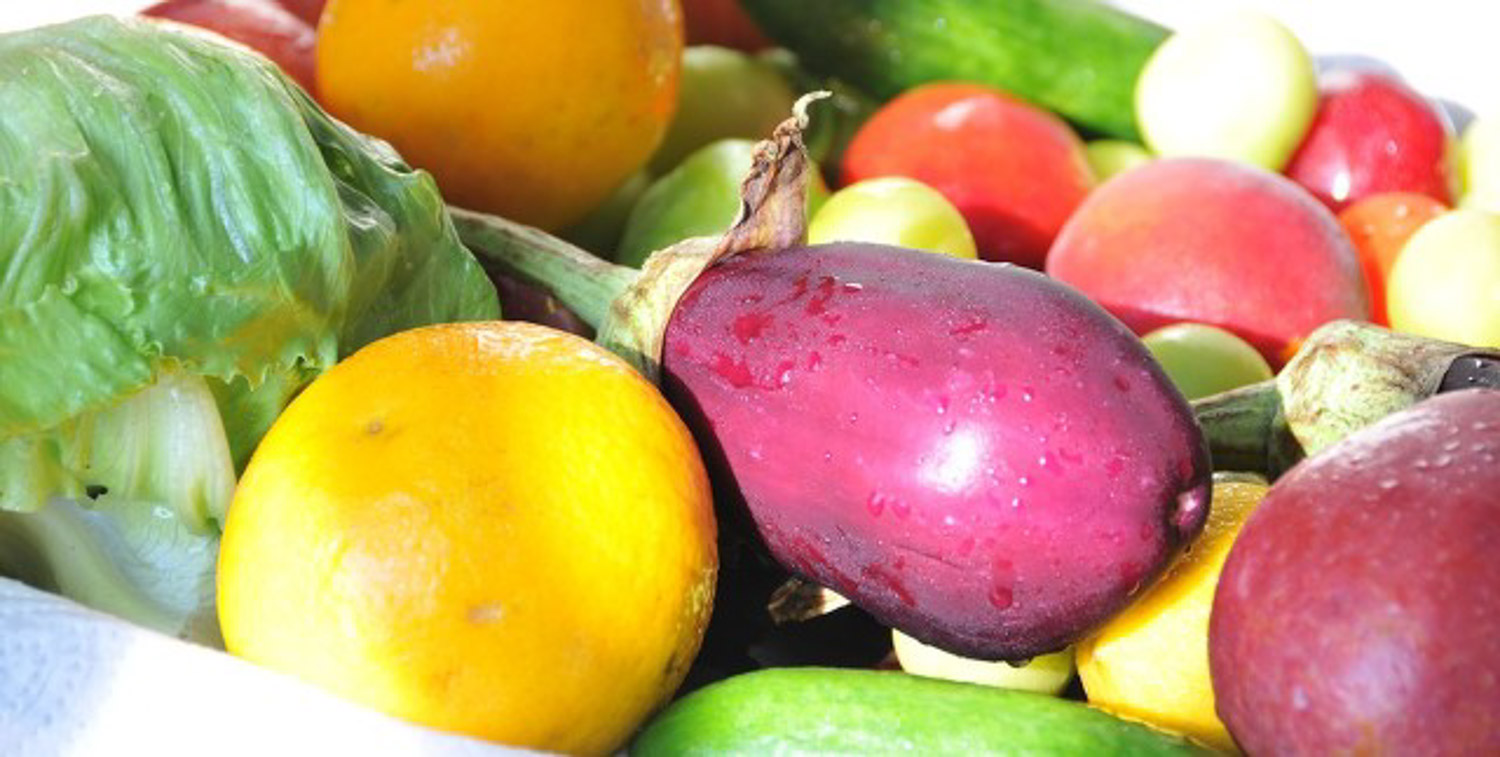
5. When the seedlings grow higher and higher, you can apply more nitrogen-containing fertilizer to make the garlic seedlings grow stronger and stronger! At this time, you can pinch down the garlic seedlings and eat them directly

6. The longer the garlic sprouts, the bigger the garlic sprouts will grow, and then the garlic sprouts will be picked, and then more phosphorus and potassium fertilizer will be applied, so that the garlic in the soil can absorb nutrients and grow bigger and bigger
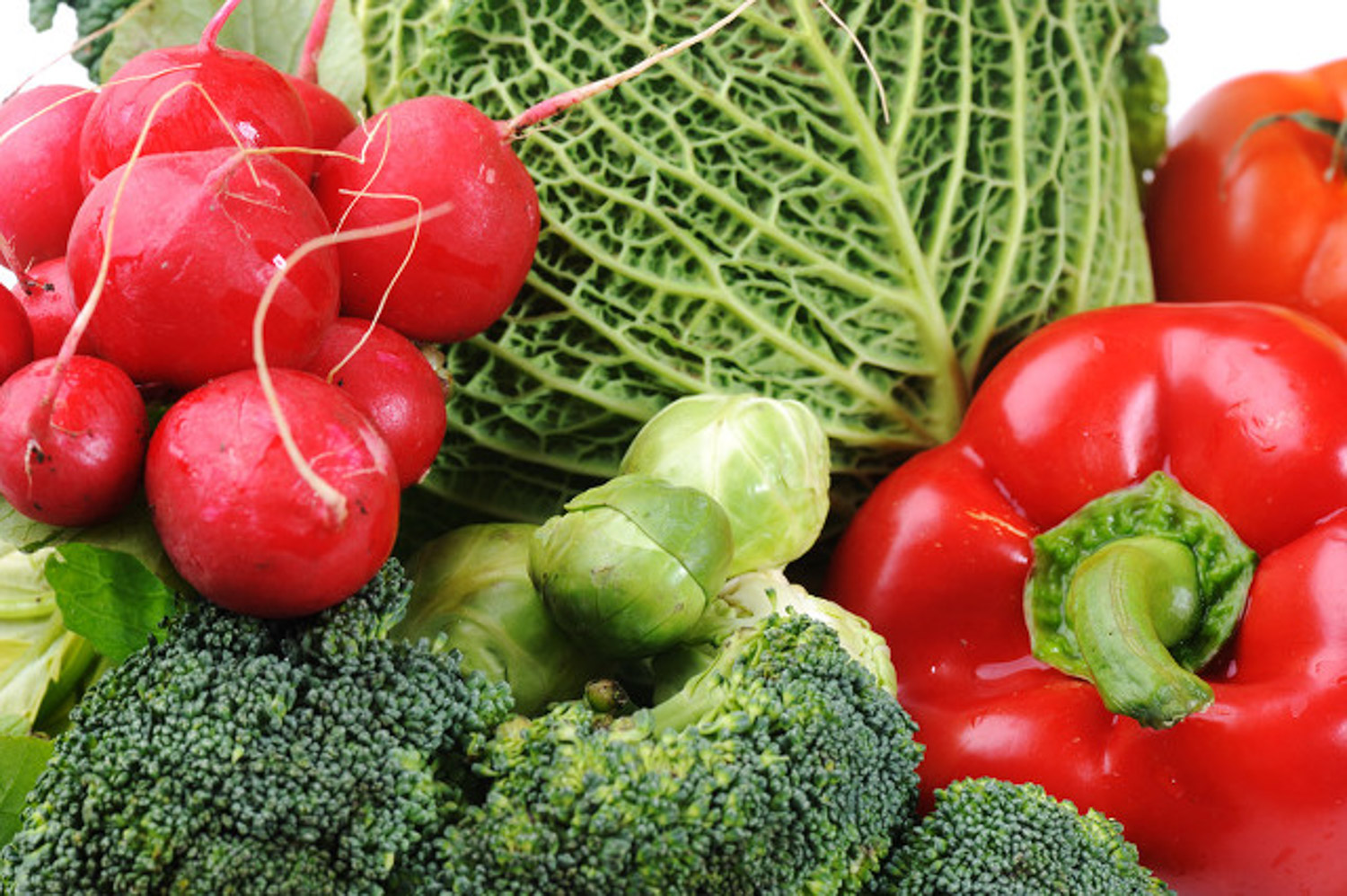
7. When the garlic leaves wither almost, you can dig out the garlic
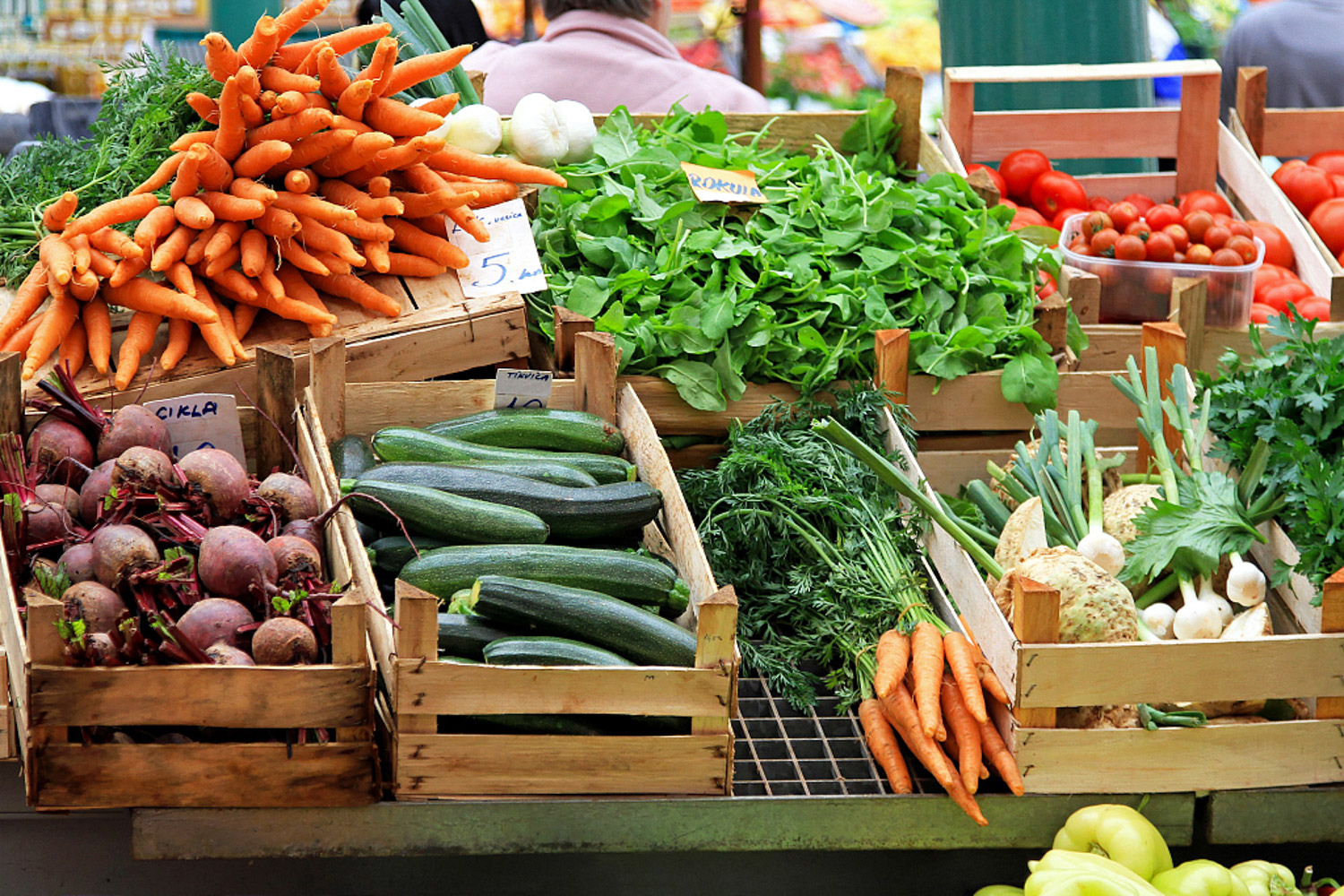
8. Garlic can also be propagated by hydroponic culture, but hydroponic garlic can only eat garlic seedlings, and garlic stalks and garlic heads cannot grow
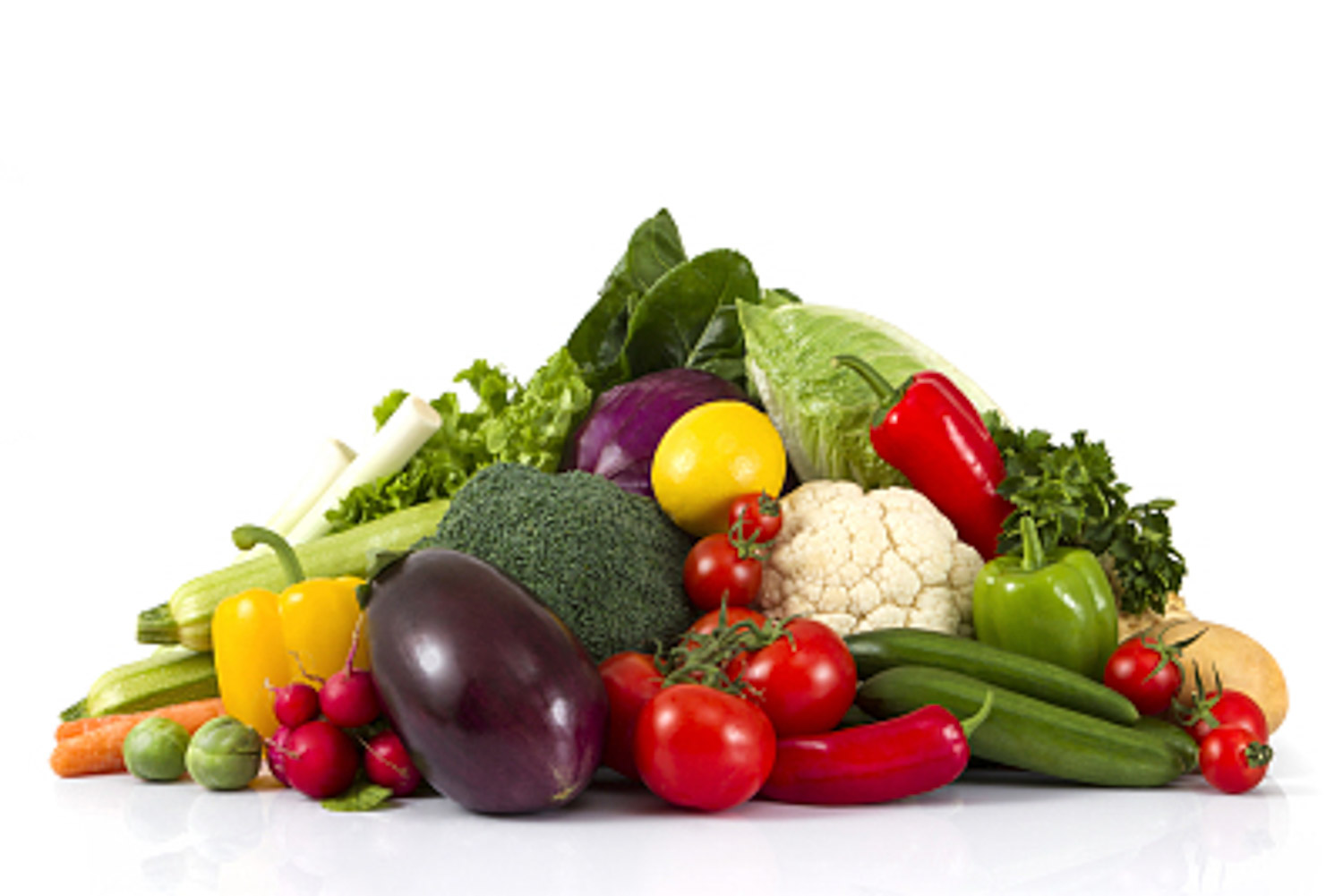
2. Optional vegetables in autumn: cabbage
Operation steps:
1. Prepare the cabbage seeds to be planted, sprinkle them on the pot soil at will, cover them with a thin layer of soil, and finally buckle a layer of fresh-keeping film
2. In about 2-3 days, you can see the sprouting of cabbage seedlings. At this time, don't remove the plastic wrap first. Poke a few small holes in the plastic wrap so that the seedlings can gradually adapt to the external climate
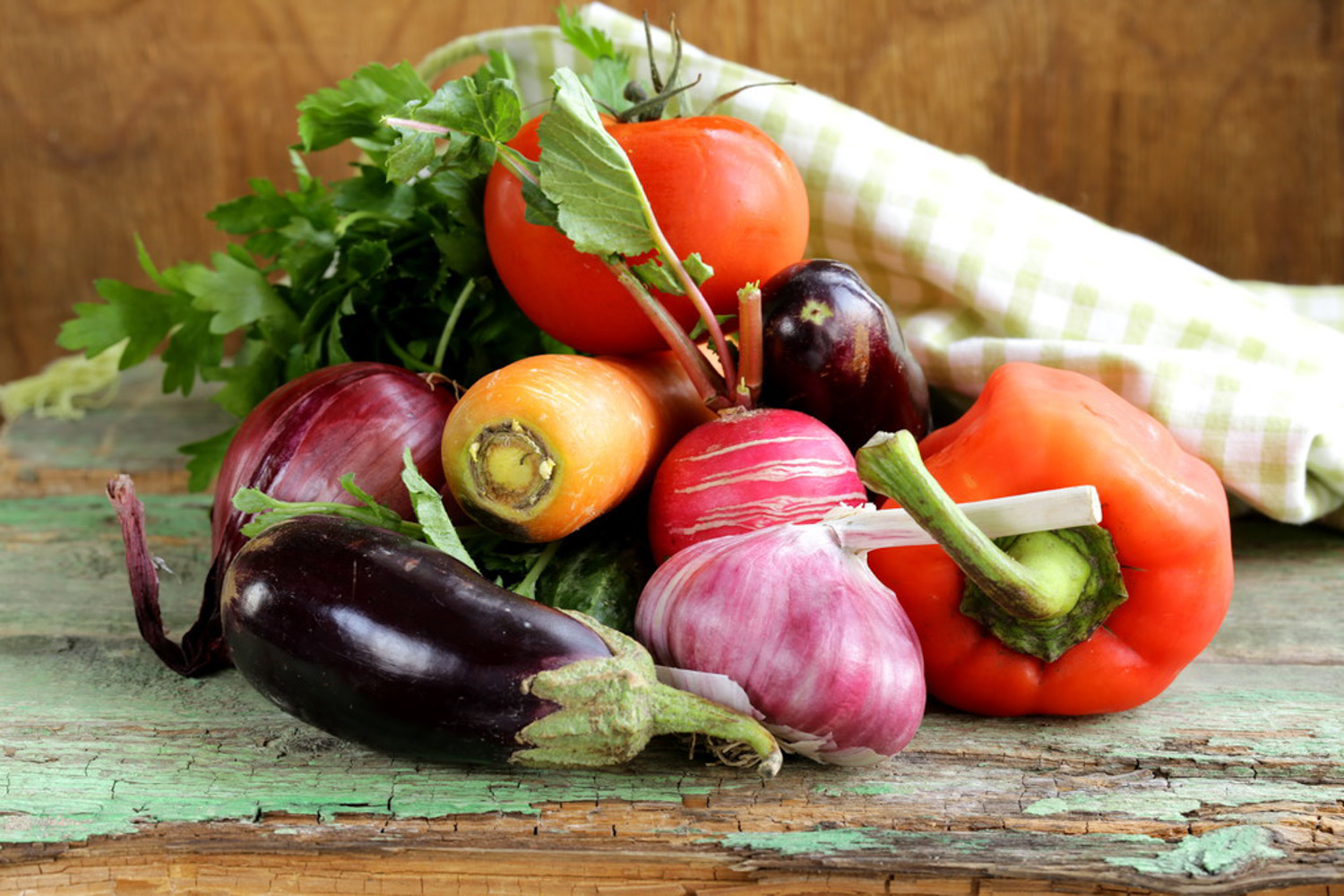
3. After that, put it in the place with sufficient sunlight on the balcony for maintenance. You can pour some liquid fertilizer and water on the cabbage to supplement nutrition. In less than a month, the flowerpot can grow full
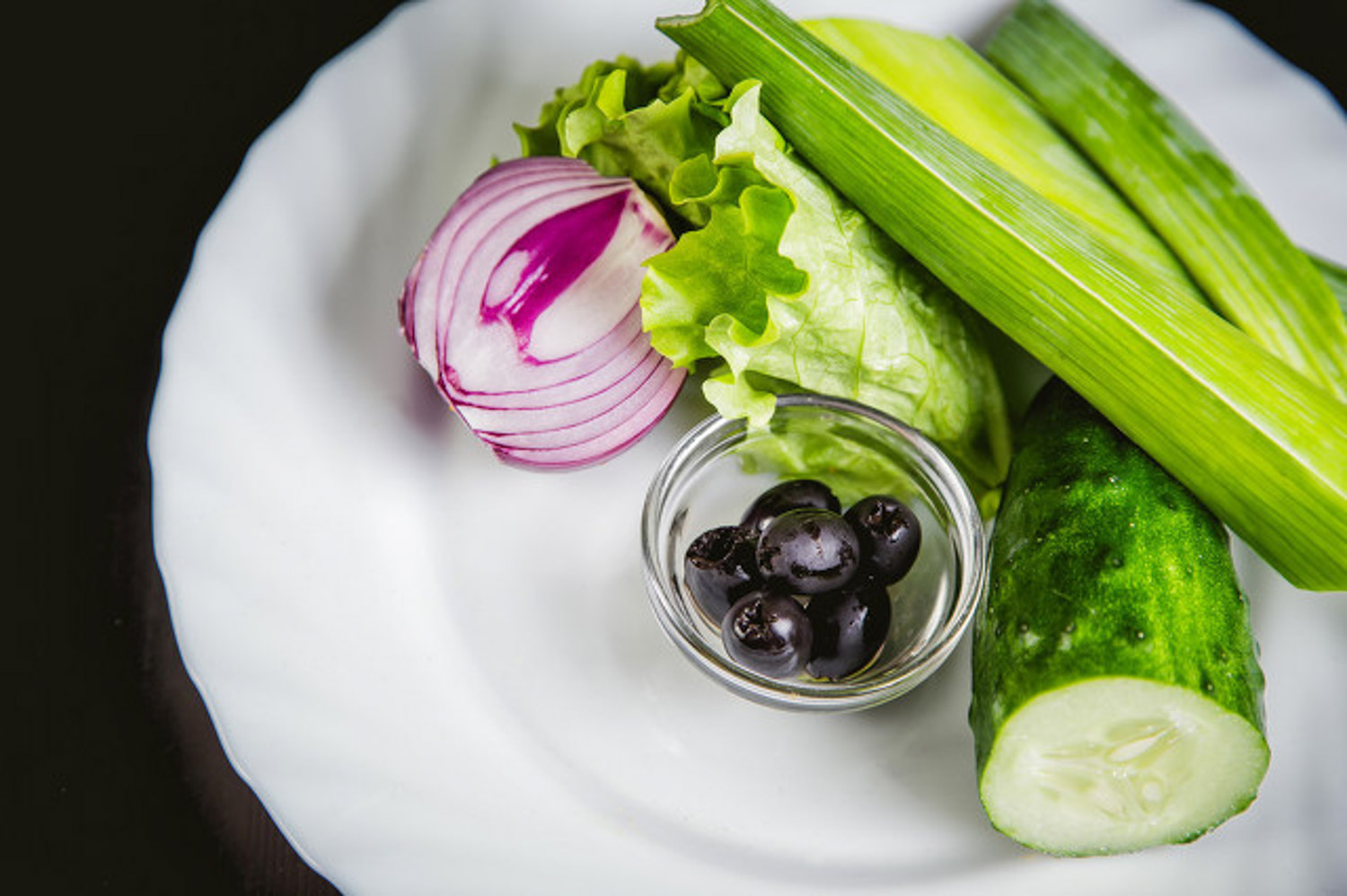
4. Picking off the mature cabbage, whether it is stir fried, or made into soup, or even eaten raw, can be called a delicious dish with natural nutrition

3. Optional vegetables in winter: coriander operation steps:
1. Hua Hua thinks that if you want to eat coriander as soon as possible, you can go directly to the vegetable market to buy a handful of small coriander in addition to seeds

2. Take off the tender leaves and stems of coriander for cooking, and leave the root of coriander and the heart of coriander in the middle for direct cutting and planting

3. Prepare loose and breathable soil, plant coriander roots, water them once, then put them in a cool place for 3-5 days, and directly expose them to the sun

4. As long as the root of coriander is still there, coriander will explode again in less than half a month

5. Just take off the coriander and cook directly. However, for things like coriander, many people have shown polarization. Either they love it very much, or they don't like it. Do you like it

4. Optional vegetables in spring: leek operation steps:
1. Flower friends can buy a bag of leek seeds directly, and then use the seeds to grow leeks

2. Prepare the soil for sowing, loosen and breathe. In order to ensure that the leeks planted are neat and not messy, you can open a small ditch in the order of one border, and then sprinkle the leek seeds

3. Use a shovel to bury some soil on the seeds, with a thickness of about 0.5cm, and then pour water once. When watering, you must pay attention to watering slowly, otherwise the leek seeds will have to be washed away by the water

4. About 5-10 days later, the sown leek seeds can germinate

5. In less than a month, the leek seedlings will grow up and can be cut down to eat

6. Whether it's making fried eggs with leeks or making dumplings, the taste is very good

5. Optional vegetables in summer: cucumber operation steps:
1. Soak cucumber seeds in warm water for a period of time so that cucumber seeds can sprout slightly

2. Put the budding seeds in the prepared seedling cup, then cover the seeds with about 1cm of soil, and then cover the mouth of the seedling cup with plastic bags to moisturize. Cucumber sprouts will be unearthed in about 2-3 days

3. When the seedlings gradually grow to 4-5 true leaves, transplant them into the flower pot, and then put them in the sunny place for good maintenance

4. In about a month, cucumbers can grow and bloom

5. When the flowers of cucumbers fall, cucumbers can grow. When the cucumber grows and matures, you can pick it and eat it

6. Picking fresh cucumbers, whether it's cold or fried, tastes great


 how many times do yo...
how many times do yo... how many planted tre...
how many planted tre... how many pine trees ...
how many pine trees ... how many pecan trees...
how many pecan trees... how many plants comp...
how many plants comp... how many plants can ...
how many plants can ... how many plants and ...
how many plants and ... how many pepper plan...
how many pepper plan...





























